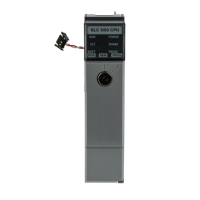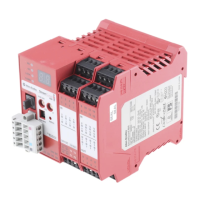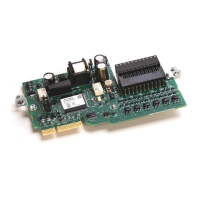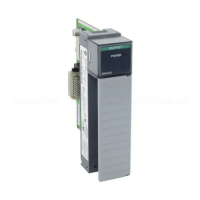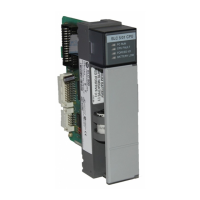Publication 1747-RM001G-EN-P - November 2008
13-82 SLC Communication Channels
Clicking the Clear button while monitoring Channel Status of either channel 1
or channel 0 online, will reset all of the channel status diagnostic counters for
both channels to zero.
Configuring the Store & Forward Table
The Store & Forward Table occupies status file words S:67 to S:82. Each bit in
this range corresponds to a DF1 Radio Modem node address. In order to
configure an SLC to Store & Forward message packets between two other
nodes, the bits corresponding to the addresses of those two other nodes must
be set. For instance, if node 2 is used to Store & Forward message packets
between nodes 1 and 3, then both bits S:67/1 and S:67/3 would have to be set
in the Store & Forward Table (see Figure 13.14). You can set bit 255 (S:82/15)
to enable Store & Forward of broadcast packets, as well.
Table 13.25 SLC 5/03 and Higher Channel 0 DF1 Radio Modem Channel Status
Status Field Diagnostic File Location Definition
Messages Sent word 1 The total number of DF1 messages sent by the processor
Messages Received word 2 The number of messages received with no errors
Lack of Memory/Packet
Dropped
word 8 The number of times the processor could not receive a message because
it did not have available memory
Lost Modem word 12 The number of times the lost modem bit has gone low to high
Undelivered Messages word 3 The number of messages that could not be sent by the processor because
of incorrect modem handshaking conditions.
Duplicate Messages
Received
word 9 The number of times the processor received a message packet identical
to the previous message packet
Bad Packets Received word 7 The number of data packets received with transmission errors by the
processor
DTR (Data Terminal Ready) word 0;bit 4 The status of the DTR handshaking line (asserted by the processor)
DSR (Data Set Ready) word 0;bit 2 The status of the DSR handshaking line (received by the processor)
RTS (Request to Send) word 0;bit 1 The status of the RTS handshaking line (asserted by the processor)
CTS (Clear to Send) word 0;bit 0 The status of the CTS handshaking line (received by the processor)
DCD (Data Carrier Detect) word 0;bit 3 The status of the DCD handshaking line (received by the processor)
IMPORTANT
Once Store & Forward is enabled, duplicate packet
detection is also automatically enabled. Whenever Store &
Forward is used within a radio modem network, every node
should have Store & Forward enabled, even if all of the bits
in the file are cleared, so that duplicate packets will be
ignored.
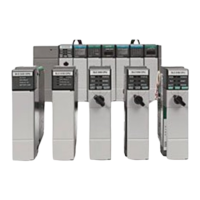
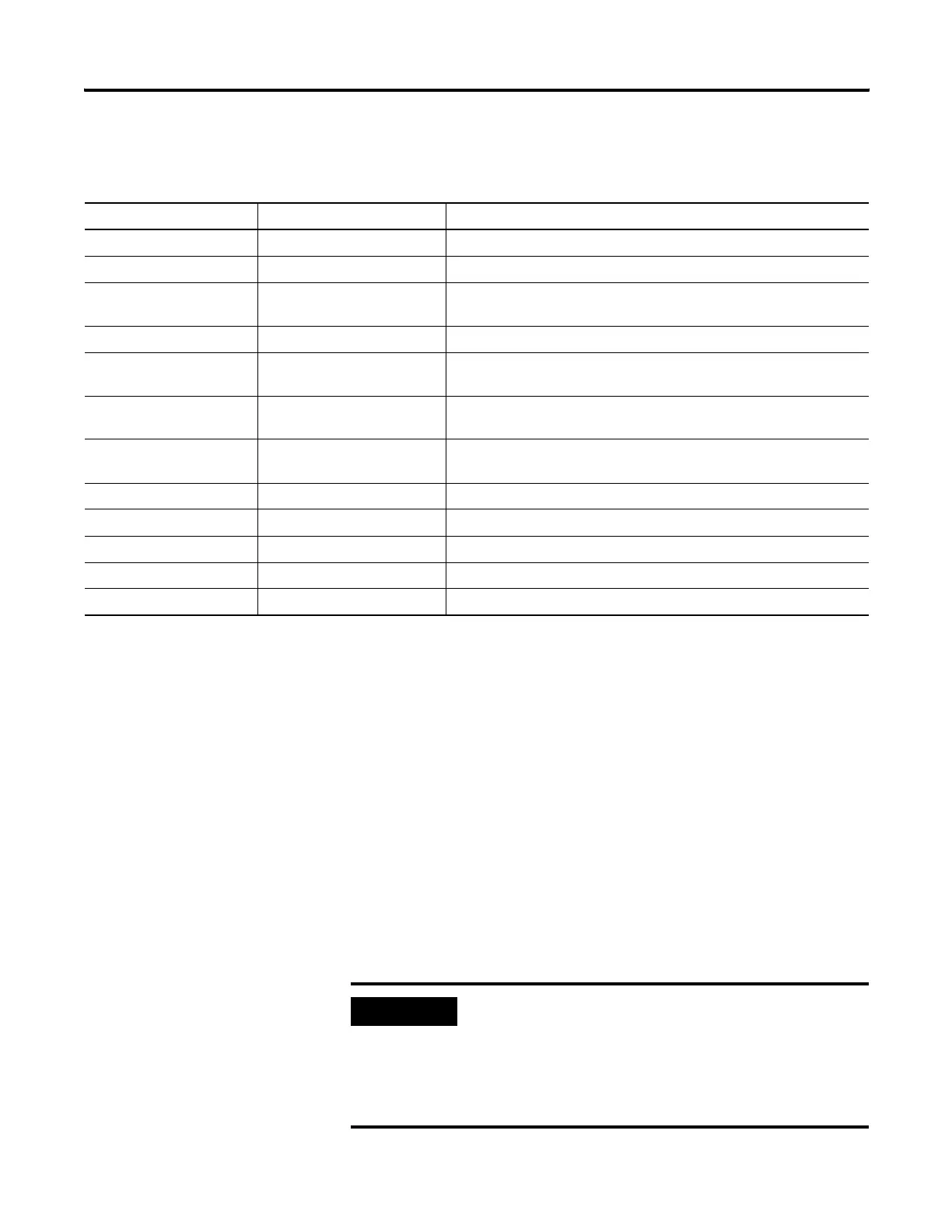